Charging Ahead: The Evolving Landscape of EV Infrastructure
As electric vehicles gain momentum and popularity, the expansion of the EV charging infrastructure will have an important role in the future of electric vehicle use.
In this article, we share important things to know about electric vehicle charging infrastructure, the potential possibilities ahead, and new technology and policies needed in the future.
What to know about Electric Vehicle Charging Networks
Policies in the U.S.
The national charging landscape has experienced a positive shift in momentum, according to the Department of Environmental Protection. The years 2020 and 2021 experienced a significant increase in charging station installations, contributing to the growth of the charging network.
President Biden’s administration is dedicated to helping grow EV charging infrastructure across the nation. This commitment was reflected in the signing of the bipartisan Infrastructure Investment and Jobs Act of 2021.
As part of this legislation, the administration aims to have over 500,000 charging ports by the year 2030. The IJA authorizes approximately $550 billion for new infrastructure investments, which includes substantial funding for electric vehicle charging networks.
Additionally, the Inflation Reduction Act enacted last year brought changes to tax laws that impact the eligibility rules for claiming tax credits on clean vehicles. For example, non-profit organizations like school districts are now eligible to receive tax credits for electric buses.
Understanding Charging Levels
Before going into some of the programs and future changes coming to EV charging, let’s quickly review the types of electric vehicle chargers. Charging stations are categorized into three levels based on their charging capability:
Level 1 Charging Stations: These are typically found in residential homes and use a regular 120-volt outlet for charging. While charging is relatively slow, level 1 stations are the least expensive option.
Level 2 Charging Stations: Widely available in residential homes, workplaces, and travel destinations, level 2 charging stations can give a full charge within several hours. This level of charging is suitable for most EV drivers’ daily needs.
Level 3 (DC Fast Charging) Stations: This is the most expensive type of charging with rapid charging capabilities, providing 180 to 240 miles of range in just an hour. These public charging stations are essential for long-distance travel and quick top-ups during road trips.
Efforts by the Department of Environmental Protection (EPA)
The EPA has been actively promoting vehicle electrification since 2016 through programs that support EV adoption and the expansion of charging infrastructure.
It Pays to Plug In Program
This EPA initiative offers incentives for installing light-duty vehicle charging stations, particularly at workplaces, to increase the number of electric vehicles. Over $42 million has been awarded to date.
E-Mobility Program
Focused on providing clean transportation to disadvantaged communities, this EPA program funds projects like new fast charging hubs and incentives to support ride-share companies in a switch to electric. It also subsidizes electric vehicle shuttles for senior centers.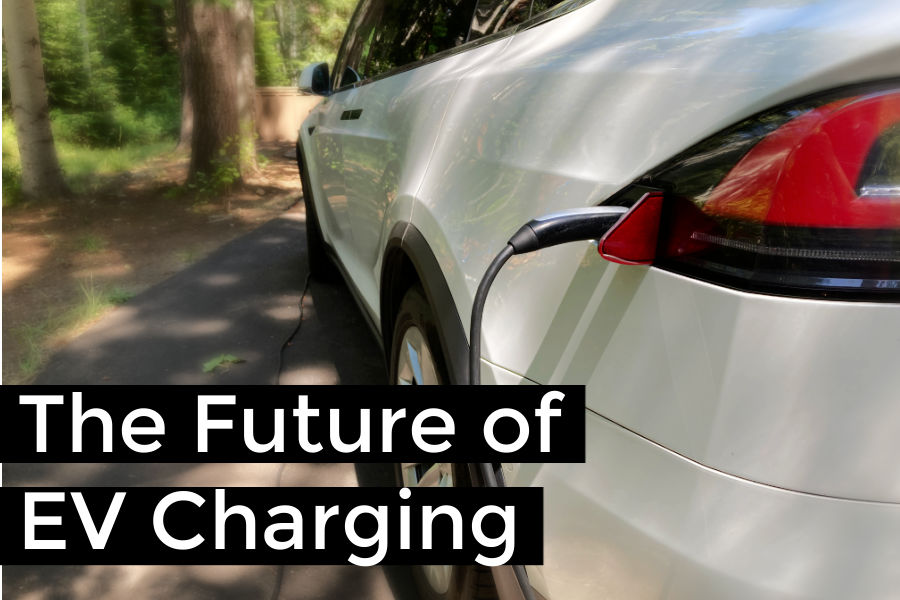
The Future of EV Charging
With federal initiatives and state-level efforts working in tandem, the future of electric vehicle charging infrastructure looks promising.
Over the past few years, the charging infrastructure has more than doubled, and there is still ample room for further expansion. As the charging network continues to expand, barriers to EV adoption are gradually being overcome.
The adoption of EVs is already on the cusp of crossing the “chasm” into mainstream acceptance. As regulatory policies and commitments toward emission reduction strengthen, EVs may even become the dominant mode of transportation.
Next are some focus areas that EV experts suggest will shape the future development of the charging network.
1. Addressing the Needs of Different Users
To ensure inclusivity and accessibility, the charging network must cater to diverse user groups. Three critical focus areas include:
Road Trip Chargers
Seamless and widespread charging options are essential for travelers on long road trips. While chargers have been established along major routes, expansion is still required to meet the demands for long-distance travel.
Non-Homeowners
People living in apartments or without access to private charging facilities need chargers. Sidewalk charging and strategically placed public chargers can help this group of EV users.
Long-Haul Trucks
The electrification of long-haul trucking is an emerging area of focus. Charging infrastructure is needed at rest stops and trucking depots to support more electric fleets looking for long-haul driving with minimal interruption.
2. Building Charging Infrastructure at Convenient Locations
Several types of places people frequently visit need chargers:
Rest Stops and Travel Destinations Rest stops along major highways and popular destinations like national parks should have charging infrastructure to cater to EV drivers during their trips.
Restaurants, Malls, and Libraries Charging stations at places where people spend considerable time can improve the ease of charging for drivers who lack home charging facilities.
Workplaces Offering charging facilities at office buildings, particularly where solar energy is available, can maximize renewable energy usage and EV drivers going to work.
Charging Hubs
To reduce wait times and best use charging resources, charging hubs with a large number of charging stations in one location is a promising approach. These hubs help avoid waiting lines and congestion at charging stations, making charging experiences smoother and faster.
3. Developing New EV Technologies
As the charging network evolves, new technology will no doubt play a role in its effectiveness and growth.
Over-the-air updates have revolutionized the automotive industry, allowing EV manufacturers like Tesla to push updates to vehicles remotely. These updates help improve range, regenerative braking, and navigation features.
Solid-State Batteries
One of the most exciting developments in the battery market is solid-state batteries. These promise higher energy density, faster charging, and better safety compared to traditional lithium-ion batteries.
The use of solid-state batteries in EVs is anticipated to improve vehicle performance and range, as well as enable technologies like vehicle-to-grid (V2G) integration.
Wireless Charging
Wireless charging technology, particularly at places like parking lots, would let vehicles charge while parked without the need for physical connections and charge cords.
Research is underway on dynamic wireless charging. In this case, an EV could charge by driving through special road sections or charging lanes. This would especially help continuous-use vehicles like electric buses.
Regenerative Braking Tech
Improved regenerative braking systems would help EVs to recapture more energy during braking and downhill driving, increasing overall driving range and efficiency.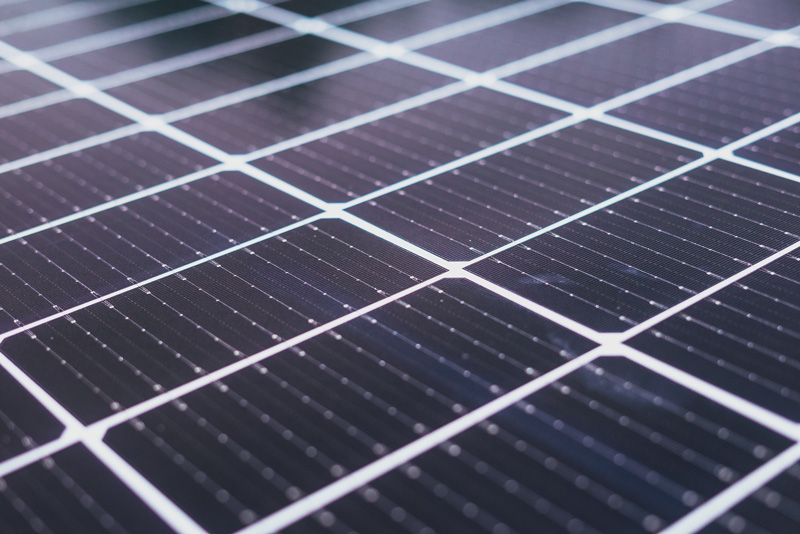
4. Grid Management and Renewable Energy
Efficient electric grid management and the use of renewable energy sources will make a huge difference.
Strategies such as time-of-use pricing, smart charging, and vehicle-to-grid (V2G) technology can help optimize energy usage and ease potential stress on the grid.
Shifts towards renewable energy sources is already playing a role in reducing the carbon footprint of electric vehicles. Sources include solar power, offshore wind, renewable biofuels, and nuclear power, depending on the resources available in each state or region.
The efficiency of EVs already allows them to use energy more economically, even if the electricity comes from sources like coal power. However, the true potential of electric vehicles magnifies when they can leverage green energy.
The integration of renewable energy with charging stations is gaining traction. Solar-powered charging stations, equipped with solar panels or solar canopies, provide shade for vehicles while simultaneously harnessing clean energy to charge them.
While these solar-powered stations may still be connected to the grid to supplement power during periods of high demand, they do contribute to reducing the carbon footprint of EV charging.
5. Standardized Charging Plugs
Another critical development in EV charging is the adoption of Tesla’s charger as the North American Charging Standard (NACS) by major American car manufacturers.
This standardized plug will finally bring some uniformity across EV charging stations, including Tesla’s Supercharger network. By 2025, most American automakers will adopt NACS.
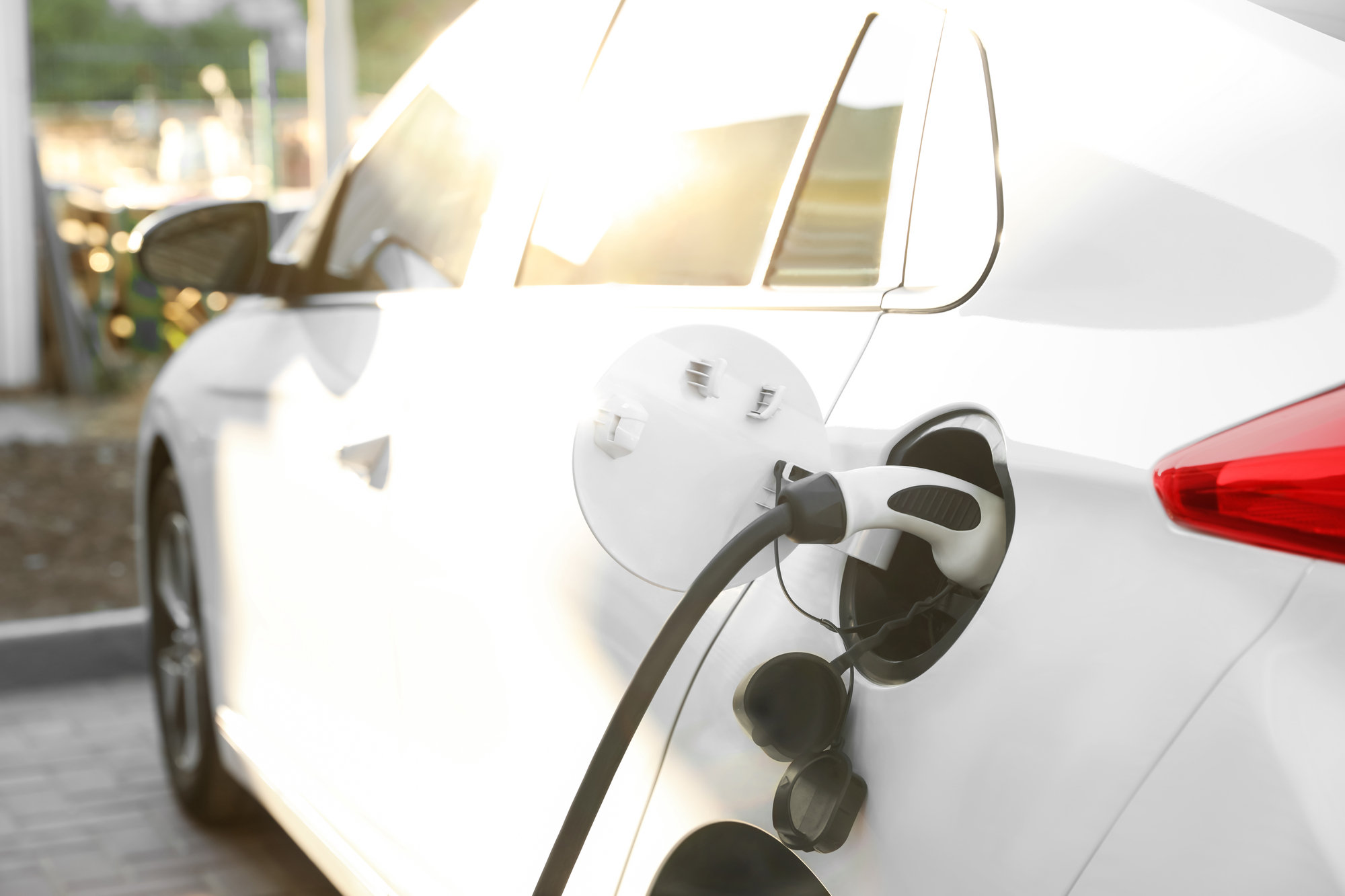
The Future of EV Charging
We have plenty of innovation to look forward to in the future of electric vehicle charging infrastructure and technology.
As renewable energy adoption expands and charging stations become more ubiquitous as well as advanced, electric vehicles will be even more attractive to eco-conscious consumers. Add to that continuous improvements in hardware and software, from batteries to over-the-air updates.
EVs will only become more efficient and capable, paving the way for a cleaner transportation future. It will take collaboration from governments, the vehicle industry, and consumers to drive this sustainable revolution but we’re already on our way.
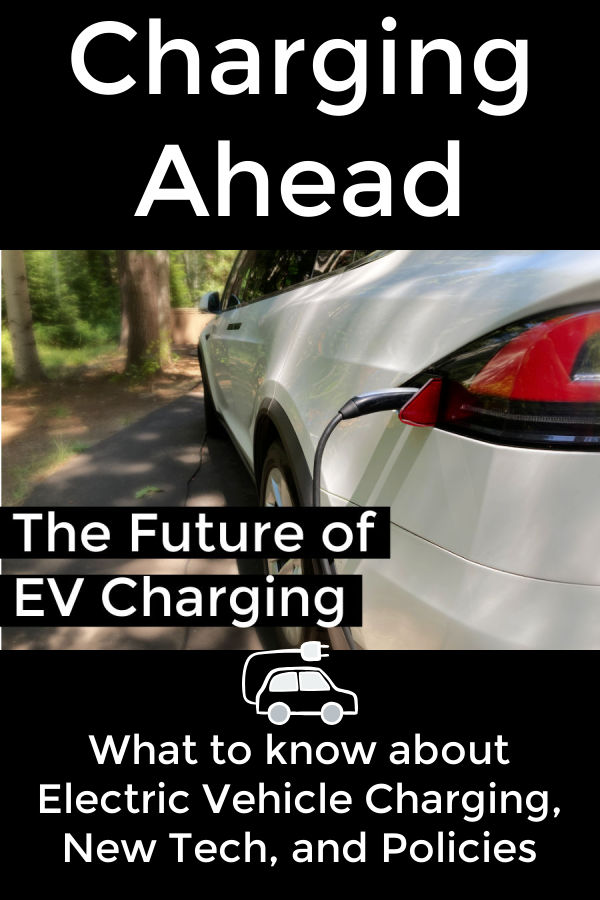
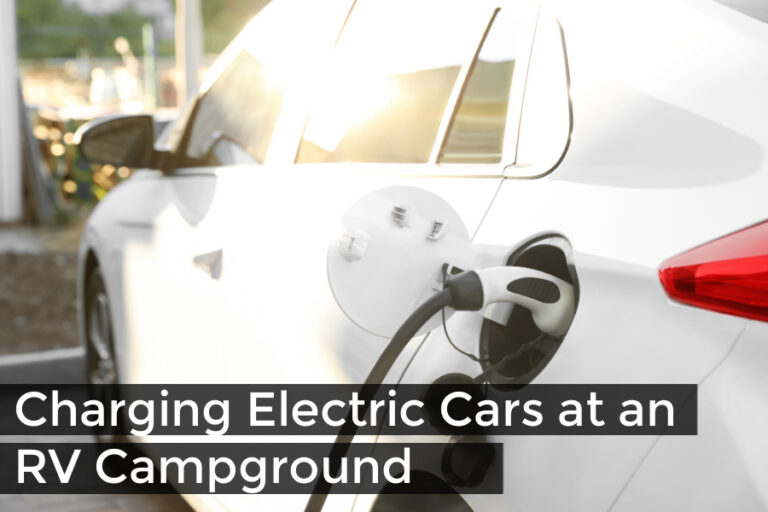

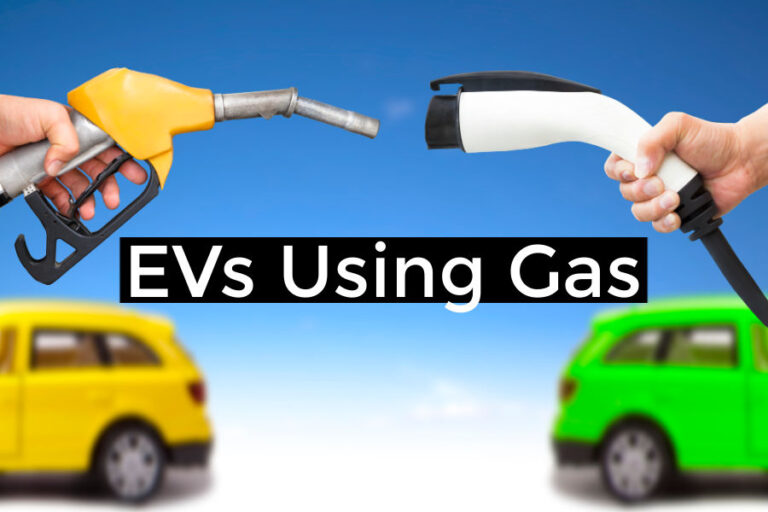
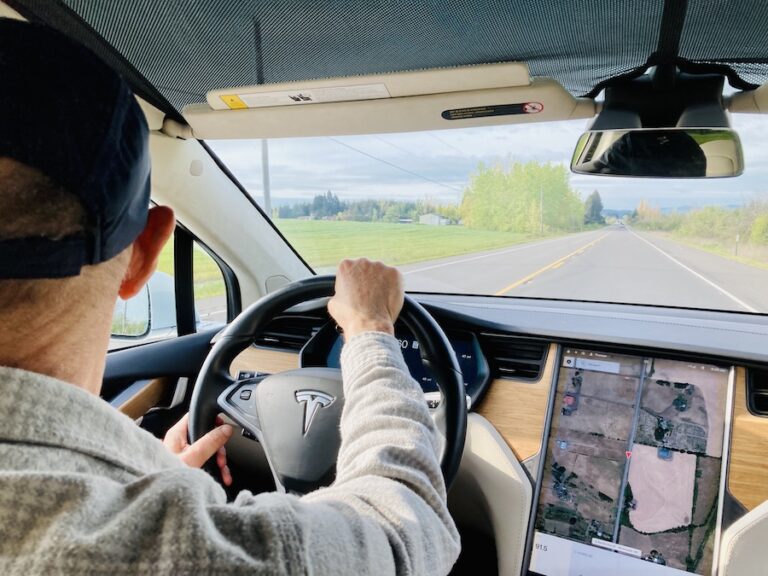


Also helping for long-distance travelers = level 2 EV charging at hotels; we look for this and will pay a little more for a room if we can charge our truck there overnight (super convenient)